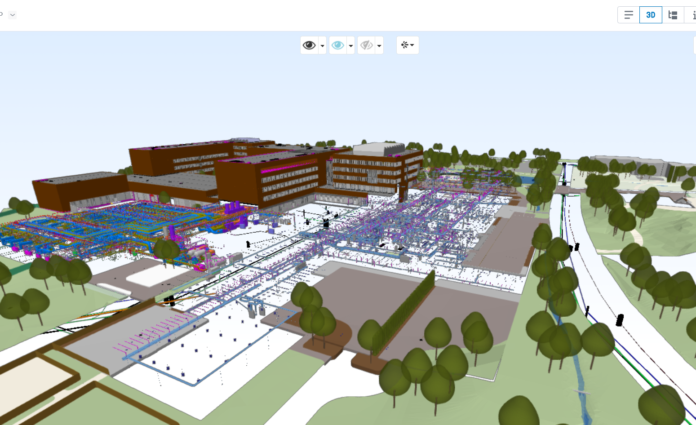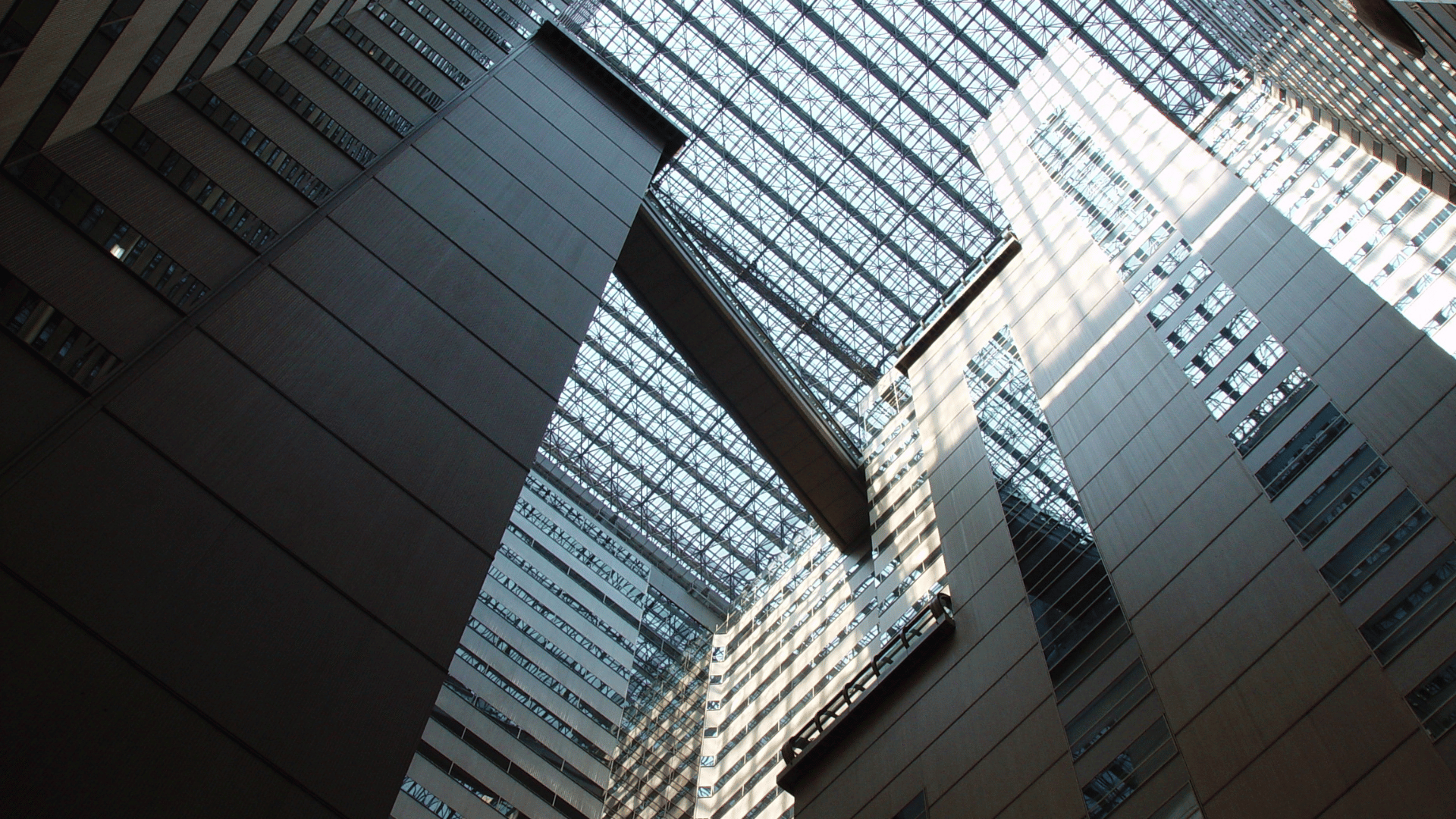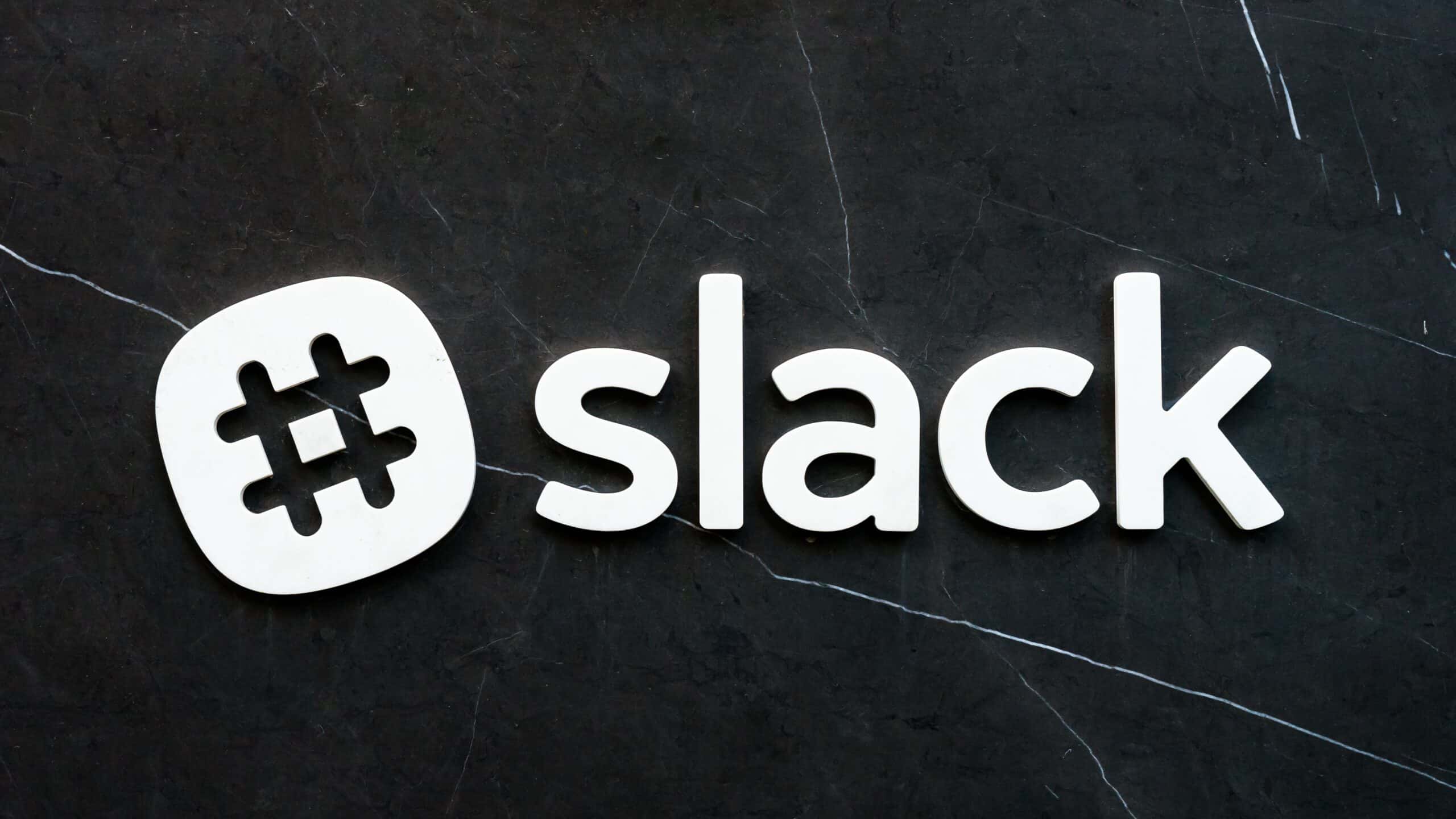The digital twin is often talked about alongside the use of Building Information Modeling (BIM) as a platform for transferring data to the management, operation, and maintenance phase. How do you break it down in real life? Here are some experiences from Campus Ås.
The idea of a digital twin in operations spurs from NMBU´s overall goal and strategy of sustainable facilities management. For NMBU, the digital twin is not a goal in and of itself. However, in the development of more digitized and effective facility management we regard a digital twin as part of the solution, and a path that can and will support our overall strategy.
The University of Life Sciences´ facilities management sustainability ambition covers the sustainable production of new-builds and rehabilitation projects. This includes low greenhouse gas emissions, conscientious choices in material usage, fossil free and eventually waste-free construction sites. Finally, it must include continuous awareness and hard work in ensuring that the building and its users are using the building as designed.
There is no one formula to fit all
For instance, when optimizing energy usage we must consider and ensure well-suited spaces for teaching and research. We must balance energy use and the core activity of our institution. NMBU has a great variety of buildings and functions. This includes not only offices and lecture halls, but also very specialized labs, greenhouses, animal care facilities and aquariums, and finally arenas for creative thinking and social activities.
It’s not sustainable if researchers, who for example work on grain types adapted to changing climate conditions, can not get relevant facilities for their work. Even if that requires a lot of energy use. We must take on real and relevant dilemmas and handle them in a proper manner.
To build or not to build
Most importantly: Utilizing existing areas and avoid new-builds is key. Sometimes the most sustainable is not to do anything at all. This is also the most difficult part, as it requires great involvement from users and management. It is not something that an estates department or facility manager can do alone. NMBU is currently building a massive new venue covering more than 60 000 square meters and the relative footprint for both construction and operations will be huge.
Correlating ambitions, strategies, decisions, and implementations are difficult. How we operate our buildings affects everyone on campus. Yet most of the time, people are not reflecting on how their own use of the built assets has on the collective footprint. In that sense, technology, or digital twins, are not true challenges. The real efforts go into spending time and working hard on a non-technological level across an entire organization.
Pilot projects as basis for long-term choices
However, as building operators and facility managers, we must make sure we have the right technological tools at hand. Both to provide relevant information to decision-makers and to be ready to implement change quickly. With tight budgets and resources, we also need to make sure we get the very most out of the investments we do.
So far, we have implemented multiple digitizations and digital transformation pilot projects within all of NMBU´s operational areas; new-builds, planning, operations, and user participation. This has given us valuable insight into what we need at this point, what we are actually able to do today, and where we see ourselves in 5-10 years from now. Catenda Hub (previously Bimsync) has been part of several pilots and is also one of the systems we now use permanently in larger construction projects. Introducing BIM to people can be difficult. The “what’s in it for me” is not always obvious, and the user threshold in most existing BIM-systems can be high. Catenda Hub (previously Bimsync) both solves an important need today and has given us a platform to test new functionality and BIM-implementations in operations. This is where a digital twin for testing and simulation purposes really come to good use.
The important operations phase
The main emissions from any building take place in the maintenance phase; from the key hand-over all the way through to when the building is demolished. The footprint is higher than necessary because the buildings are run in a non-optimized manner. This means that we, as building owners are spending much more money than we need to. There are often large amounts of data available in modern or modernized buildings and NMBU uses energy management actively. But we still have limited ability to structure and combine measured data in an effective manner for optimized sustainability.
In order to achieve proper sustainable facilities management, NMBU believes user involvement is really the only solution. In out pilot project called “Sustainable use of built assets” we were looking specifically into how the users relate to our buildings, and how we could involve them and lead them to make environmentally motivated choices. Now we are carrying out an international tender to choose a solution for the long haul. The tender is based on the four last years of extensive use of pilot projects, combined with our acute need for a system that can handle the complicated maintenance of the new Veterinary building at our Campus.
A digital future needs analog and human groundwork
Perhaps surprisingly, we have produced a lot of documentation to utilize digital tools and automatized routines. We need procedures, manuals, quality-assuring routines, and dedicated resources to do processual follow-ups.
We have hired new staff members that have qualifications within digitalization and BIM. In all new recruitment processes, we ask for knowledge and/or interest in digitalization and BIM. Also, existing facility management staff receive BIM training courses so that we all have a common platform for moving forward.
BIM as the base – but avoid blind faith in it
The University of Life Sciences is soon to receive the keys from Statsbygg to the new Veterinary building. To prepare the operations phase, the use of BIM (Building Information Modeling) is a necessity. Future maintenance staff members actively use Solibri today to “get to know” the building. This staff is also crucial voices in defining future needs and development of the digital transformation within the organization. They report that they can operate a building without BIM, but they cannot maintain it without good systems that cover the complex building structure and all the processes and routines that a high-tech facility management institution requires. An unstructured BIM is thus practically useless, and unfortunately, this is still a big problem that operations inherit from the projects.
We should not have blind faith in BIM as a technology in and of itself. This is a bit of a challenge in the facility management systems market of today. Even if BIM-knowledge is high, knowledge of facility management challenges and key operations processes is too limited.
This needs to be improved and adjusted in the time ahead for institutions like ours to succeed in setting up truly sustainable facility management systems based on Digital Twins.
Linda Bystrøm will speak more about this topic at the “Digitalisering av byggenæringen” event on 6 June 2019 in Oslo. If you work in the industry and understand Norwegian, use the VIP code DAB19-CATENDA-E to get free entry to the conference. Sign up here.




